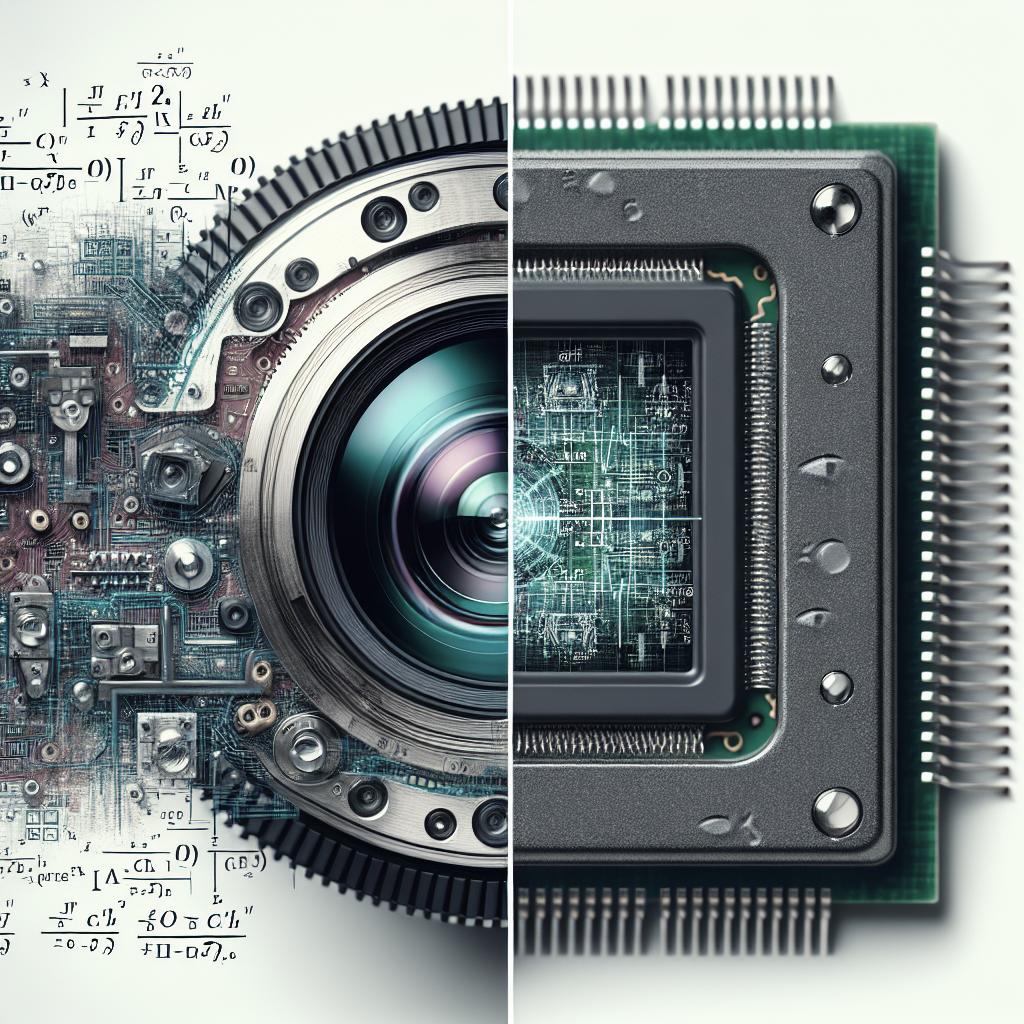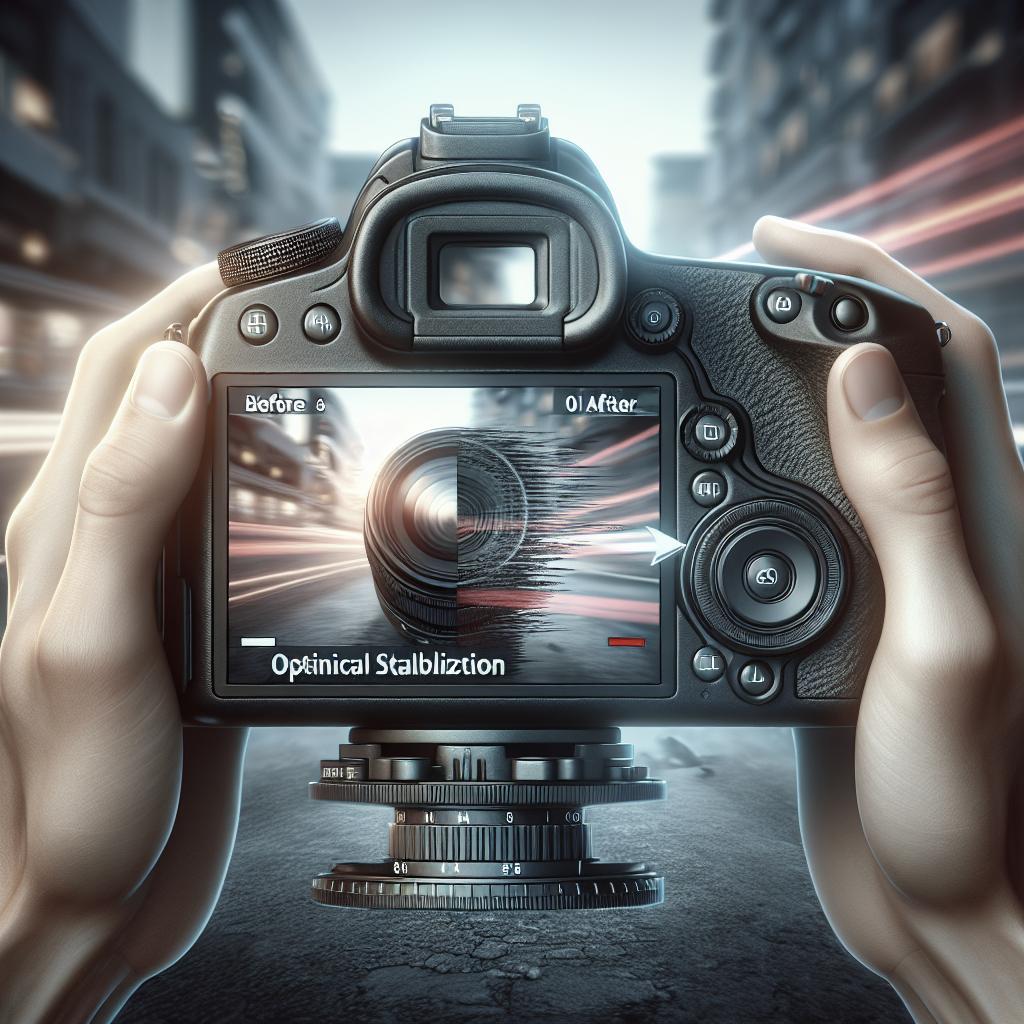“`html
Digital vs Optical Stabilization: Which is Better?
In the world of photography and videography, stability can make or break a shot. With the advent of technology, two main types of stabilization have emerged: digital and optical stabilization. This blog post dives into the intricacies of both, dissecting the core differences, advantages, and potential pitfalls of each. Whether you’re an amateur photographer or a budding filmmaker, understanding these features can greatly impact the quality of your work. We will explore what can go wrong with stabilization, the instances when in-camera digital image stabilization (DIS) should be avoided, and current trends in this rapidly evolving field.
So what could go wrong?
Both digital and optical stabilization have their own set of challenges. With digital stabilization, there is a heavy reliance on software algorithms to correct for movement. This can sometimes lead to distortions or “jello” effects, particularly when capturing fast-moving subjects or panning rapidly. Since the image is adjusted after capture, it might not always keep pace with real-time events, causing noticeable lag in some scenarios.
On the flip side, optical stabilization involves moving hardware components such as lens elements or sensors, making it potentially more reliable for real-time corrections. However, its complexity can sometimes lead to mechanical failures. Dust and moisture can also affect the inner workings of a camera’s optical stabilization system, leading over time to degradation in performance. These mechanical movements also add to the size and weight of the camera, posing a challenge for mobile photography.
Combining both methods might seem like a solution, but it can lead to conflicts where the systems inadvertently work against each other. This can manifest as overcompensation or unexpected shifts during filming, and achieving the perfect balance can be challenging without precise calibration.
Get the Digital Camera World Newsletter
Staying informed about the latest trends in digital photography and videography is crucial for enthusiasts and professionals alike. Subscribing to the Digital Camera World Newsletter ensures you receive regular updates on new technologies, gear reviews, and tips for maximizing your equipment’s potential. This valuable resource brings you expert insights from industry insiders.
Features such as in-depth tutorials, the latest camera releases, and showcasing the work of talented photographers can immensely enhance your understanding of stabilization and other essential camera functions. Keeping abreast of these developments ensures you are not left behind as stabilization technology continues to evolve rapidly.
Whether it’s understanding the nuances between digital and optical stabilization or discovering how leading professionals tackle stability challenges in their work, the newsletter is a treasure trove of information. Don’t miss out on enlightening content that can redefine your approach to capturing steady, high-quality shots.
Don’t use in-camera DIS unless you have to
In-camera Digital Image Stabilization (DIS) can be a helpful tool in certain situations; however, it’s not always the best choice. One key limitation is its dependence on cropping part of the frame to create space for movement correction, which can sacrifice resolution and reduce the quality of the final image. In high-resolution shooting, this can mean a significant compromise.
Moreover, using DIS can be demanding on battery life as it requires significant processing power to analyze and stabilize the footage. If you’re planning to shoot for extended periods, relying solely on DIS might lead to frequent battery changes, impacting your workflow significantly.
It’s crucial to assess when DIS is genuinely necessary. For instance, in scenarios where a tripod or gimbal could provide more effective stabilization, it might be better to reserve the digital approach. Similarly, for static or minimally moving shots, optical or mechanical stabilization systems should be considered for their superior performance and preservation of image quality.
Quick Links
Trending Now
The stabilization landscape is seeing rapid advancements, with emerging technologies offering more precise solutions. Gimbals are becoming more compact and adaptive, while smartphone companies are integrating hybrid stabilization systems for unparalleled footage quality. The trend leans towards creating versatile devices that can switch smoothly between digital and optical modes, optimizing stability dynamically.
AI-driven stabilization is also gaining traction, allowing devices to predict movement and adjust stabilization parameters in real-time. This ensures a more seamless and intuitive shooting experience. For content creators, especially in fast-paced environments, these technologies offer exciting possibilities that could define the future of filming.
As innovation continues in stabilization hardware and software, the future looks promising for seeing further refinements in image and video capture quality. Companies are investing in R&D to push the boundaries of what current stabilization technologies can achieve. Following these trends can offer significant advantages to professionals aiming to stay at the forefront of their craft.
Summary of Main Points
| Feature | Digital Stabilization | Optical Stabilization |
|---|---|---|
| Mechanism | Software algorithms for post-capture correction | Hardware movement adjustments |
| Advantages | No moving parts, lighter design, software adaptability | Real-time correction, maintains full resolution, no “jello” effect |
| Disadvantages | Resolution loss, battery-intensive, software lag | Mechanical complexity, potential for failure, added size and weight |
| Best Use Cases | Quick fixes, when gimbals/tripods aren’t available | Highly active environments, long focus shots |
“`


